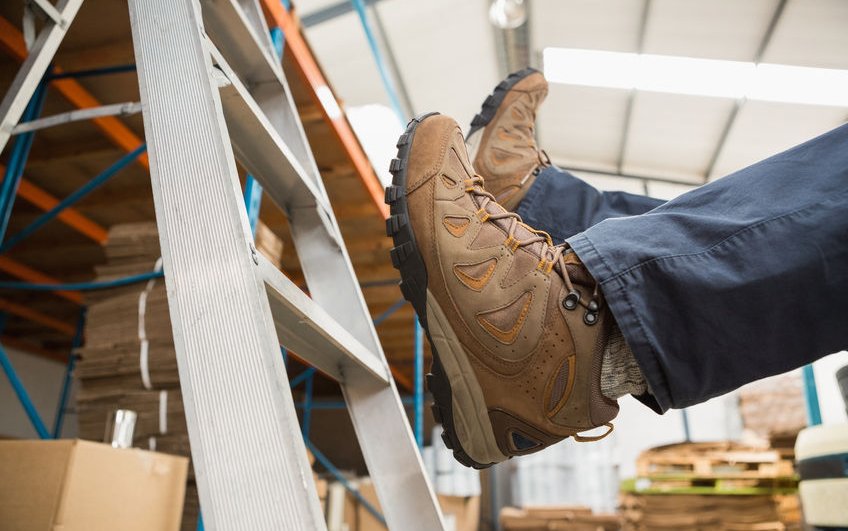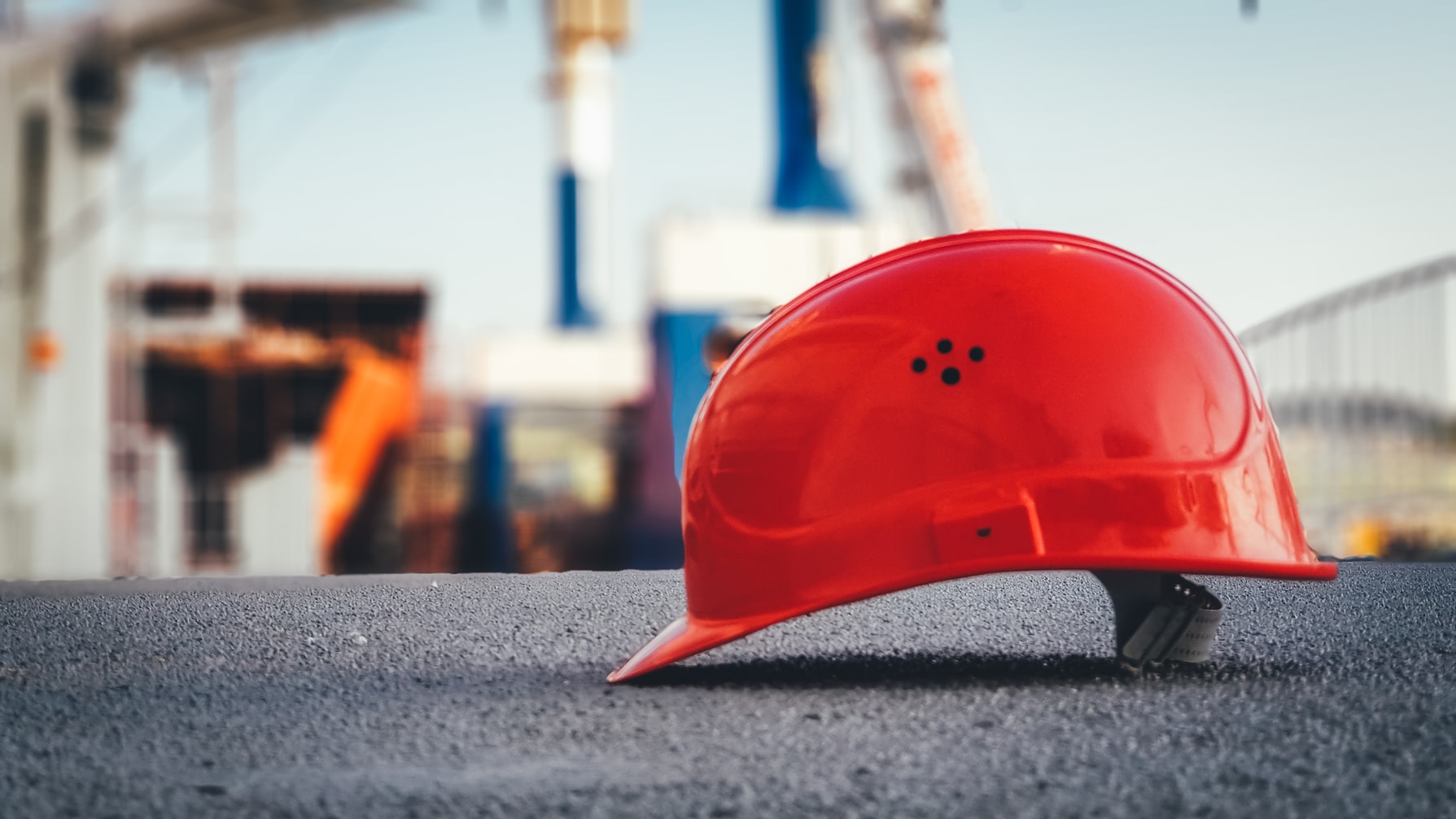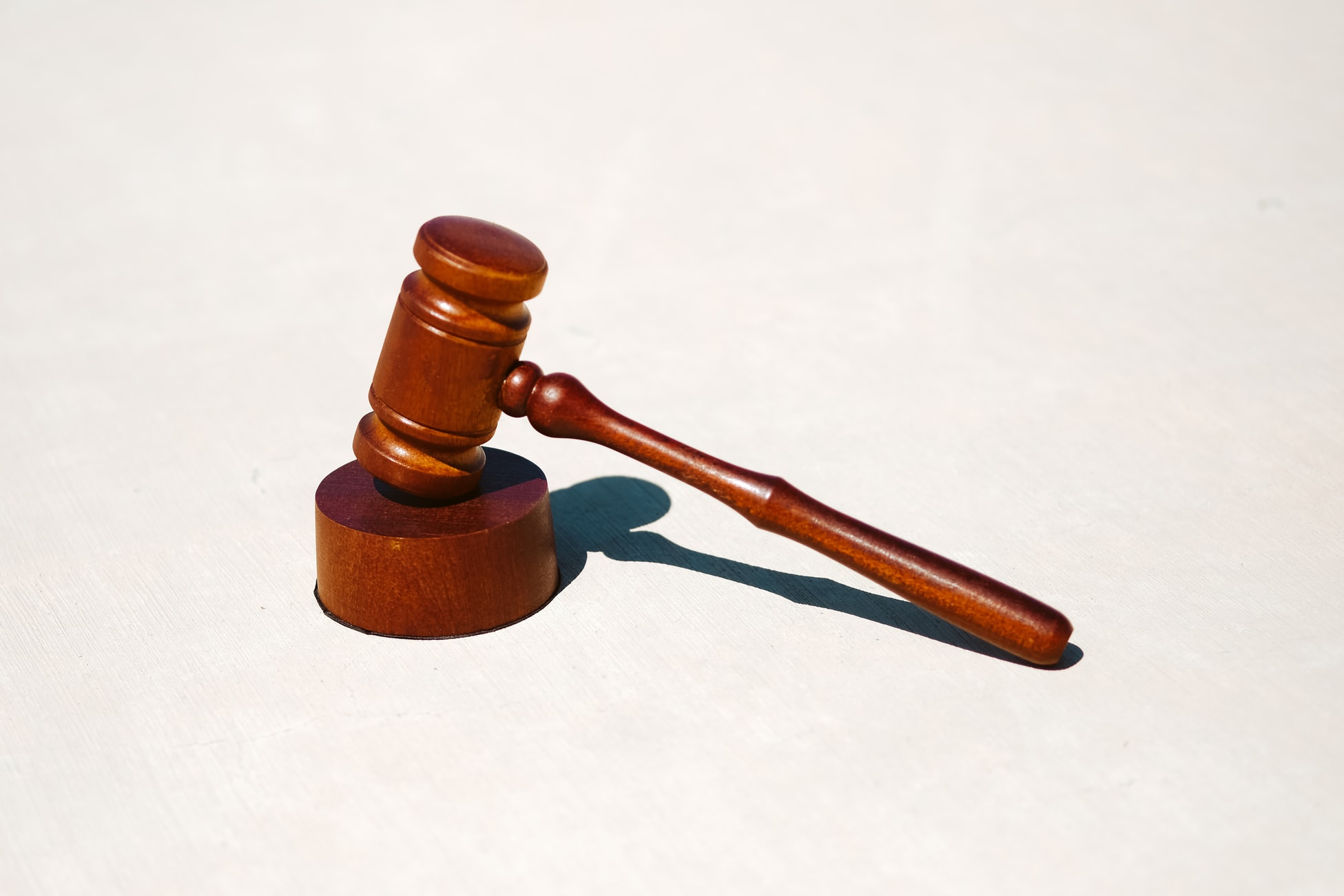BLOG
How to investigate an accident or incident in your workplace
Written on 26 August 2021

When it comes to workplace health and safety, the ultimate aim is to proactively prevent accidents before they happen. This can be done by risk assessing your environment, implementing appropriate control measures, and monitoring and reviewing these regularly, as well as generally promoting the right attitudes and behaviours amongst your workforce.
However, accidents can and do occur across all industries. When this happens, it’s important to carry out a health and safety investigation as the findings can help you decide how to prevent a similar incident in the future.
Investigation is an essential part of the required monitoring process. Incidents, including near misses, reveal a lot about how work is really being done. For example, it could be that workers are simply ignoring rules and finding shortcuts to make their work easier. Of course, as well as human error and behavioural factors, accidents can also occur through a lack of information and training, missing or inadequate risk assessments, unmaintained or faulty equipment, and other risk management oversights. Whatever the root cause, investigation helps identify why your existing risk controls failed and determine what improvements are needed.
Additionally, certain work-related injuries, cases of ill health and dangerous occurrences must be reported under the Reporting of Injuries, Diseases and Dangerous Occurrences Regulations (RIDDOR) 2013. Note that any RIDDOR reporting requirement should not stop your own investigation.
Effective investigation requires a structured step-by-step approach, in which information is gathered and analysed, lessons are learned, and action is taken to prevent future accidents. Here’s our recommended process for investing accidents and incidents in the workplace.
Step 1. Gather information
When faced with an accident in the workplace, the first step is to find out what happened and what conditions/actions influenced the event. It’s important to begin as soon as possible. This will prevent items being tampered with, for example, things being moved, machinery guards being replaced, etc. If necessary, stop work and prevent unauthorised access.
Talk to everyone who was close by, especially if they saw what happened or know anything about the conditions that led to it. Collect all available relevant information, including opinions, experiences, observations, sketches, measurements, photographs, check sheets and environmental conditions. Information can initially be recorded in note form, with a formal report completed later.
Be precise and establish the facts as best you can. Keep an open mind and consider anything that might have contributed to the incident. Questions to ask include:
- Where and when did the event happen? Often, several chance occurrences combine to create an incident. All factors should be recorded in chronological order.
- Who was injured/suffered ill health or was otherwise involved?
- How did things unfold? Be objective. Avoid making snap judgements on the probable cause(s).
- What activities were being carried out at the time? This can cast light on the circumstances that caused something to go wrong. Describe all relevant details, such as the surroundings, equipment/materials used, employees involved and any detail about their behaviour, etc.
- Was there anything unusual or different about the working conditions or processes? If so, why was this?
- Were there adequate safe working procedures and were they followed? Was safety equipment sufficient?
- What injuries or ill-health effects, if any, were caused?
- Were people aware of the hazard and the associated risks? If so, why wasn’t action taken? Get to the bottom of why this may have been ignored, not fully appreciated or understood – make sure to investigate the processes and systems, not the person.
- Did the organisation of the work influence matters?
- Was maintenance/cleaning sufficient? Did workplace conditions, plant and/or equipment contribute to or cause the event?
- Were the people involved competent and suitably trained?
- Did the nature of any materials influence matters?
- Did difficulties using plant and equipment influence the event?
- Did other conditions influence matters?
Related Content
Do you need support?
Speak to us for an honest, no obligation chat on:
0345 226 8393 Lines are open 9am – 5pm
Step 2. Analyse the information
Next, thoroughly examine all the facts.
- Look at the information objectively.
- Determine what happened and why.
- Identify what detail is relevant and what’s missing.
As the analysis progresses, further lines of enquiry requiring additional information may develop.
The analysis must be carried out in a systematic way to ensure all the possible causes and consequences of an incident are fully considered. It should be conducted with employee or trade union health and safety representatives and other experts or specialists. This can help ensure all the relevant causal factors emerge.
Ask what were the immediate, underlying and root causes? Only by identifying all causes, and the root causes in particular, can you learn from past failures and prevent future repetition.

Step 3. Identify suitable risk controls
Your analysis should identify risk control measures that either failed or that could have interrupted the chain of events, if they had been in place. Draw up a list of all the possible solutions to prevent similar events. They need to be evaluated. Only the optimum solution(s) should be considered for implementation.
Some measures will be more difficult to implement than others, but this must not influence their listing as possible risk controls. Evaluate each possible risk control on its ability to prevent recurrences.
If several risk control measures are identified, they should be carefully prioritised in a risk control action plan.
Step 4. The action plan and implementation
The desired outcome of an investigation is an action plan for implementing additional risk controls. This sets out what needs to be done, when and by whom.
The plan should have SMART objectives – Specific, Measurable, Agreed, Realistic and with Timescales. For the proposed controls to be SMART, management, safety professionals, employees and their representatives should all contribute to the action plan.
Not every risk control will be implemented but high-priority ones should be put in place immediately. In deciding what to prioritise, the magnitude of the risk should be your guide. Risk is the likelihood and severity of harm. Ask yourself:
- What’s essential to securing your workforce’s health and safety today?
- What can’t be left until another day?
- How high is the risk to employees if the risk control measure isn’t implemented immediately?
If the risk is high, act immediately.
You will no doubt face financial constraints. However, this doesn’t excuse employers from taking action. Employers must either reduce the risks to an acceptable level – employing the notion of reasonable practicability – or stop the work activity.
Each risk control measure should be assigned a timescale. A specific person, preferably a senior manager, should be responsible for ensuring the action plan is put into effect. Make sure progress on the action plan is regularly reviewed.
The findings of your accident investigation should indicate areas of your risk assessments and work processes that need improving. What do the findings say about your risk assessments and systems of work? Failing to review relevant risk assessments after an incident could mean you’re contravening the Management of Health and Safety at Work Regulations 1999.
Keep records of incidents, their causes and the corrective measures taken. This allows you to monitor your health and safety performance and detect trends. In turn, this will improve your overall understanding and management of risk.
Take the stress and uncertainty out of health and safety incidents
Dealing with an accident in the workplace? Take the necessary remedial steps, and strengthen your position in the event of enforcement action or a civil claim, with our fixed-fee accident and investigation support.
For more information, call 0345 226 8393 or request your free consultation using the button below.
Sign up for the latest news & insights
Resources
Latest News & Insights

Work from wherever? | Things to consider before allowing employees to work from abroad
BLOG Written by Alexandra Farmer on 25 May 2022 A few years ago, the idea of working from anywhere in the world seemed like a pipe dream.

Reduced workforce? Here’s 5 health and safety areas you need to revisit
BLOG Written by Charles Spencer on 18 May 2022 In 2022, a growing number of businesses have moved, or are in the process of moving,

Fee for Intervention | Why health and safety breaches could cost your business more in 2022
BLOG Written on 16 May 2022 It’s a well-known fact that poor health and safety practices cost businesses money. And with the HSE recently announcing yet another

Remote work isolation | How employers can help combat loneliness
BLOG Written on 12 February 2021 While the benefits of remote work are seemingly boundless, often overlooked is the isolation and disconnectedness that it can

Time off for getting married or moving house
BLOG Written on 12 May 2022 There are certain big life events that can sometimes get in the way of work. Whether it’s a wedding

Recent cases highlight continued work at height failings
BLOG Written on 6 May 2022 Working at height continues to be the leading cause of work-related fatality. According to most recent HSE figures, these

Managing organisational change | How to keep people happy
BLOG Written on 28 February 2022 In the direst of circumstances, humanity’s true capacity for adaptation and perseverance can be realised. Where the business world

5 ways to combat 2022’s recruitment challenges when you can’t pay more
BLOG Written by Christian Vincent and Hannah Copeland on 15 April 2022 In 2022, recruitment and retention are fast becoming employers’ biggest challenges. With people

A war of words | Managing employees’ political views on the Russia-Ukraine conflict
BLOG Written by Lesley Rennie on 13 April 2022 The war in Ukraine, and the daily news reports of fatalities, continues to spark conversation in






